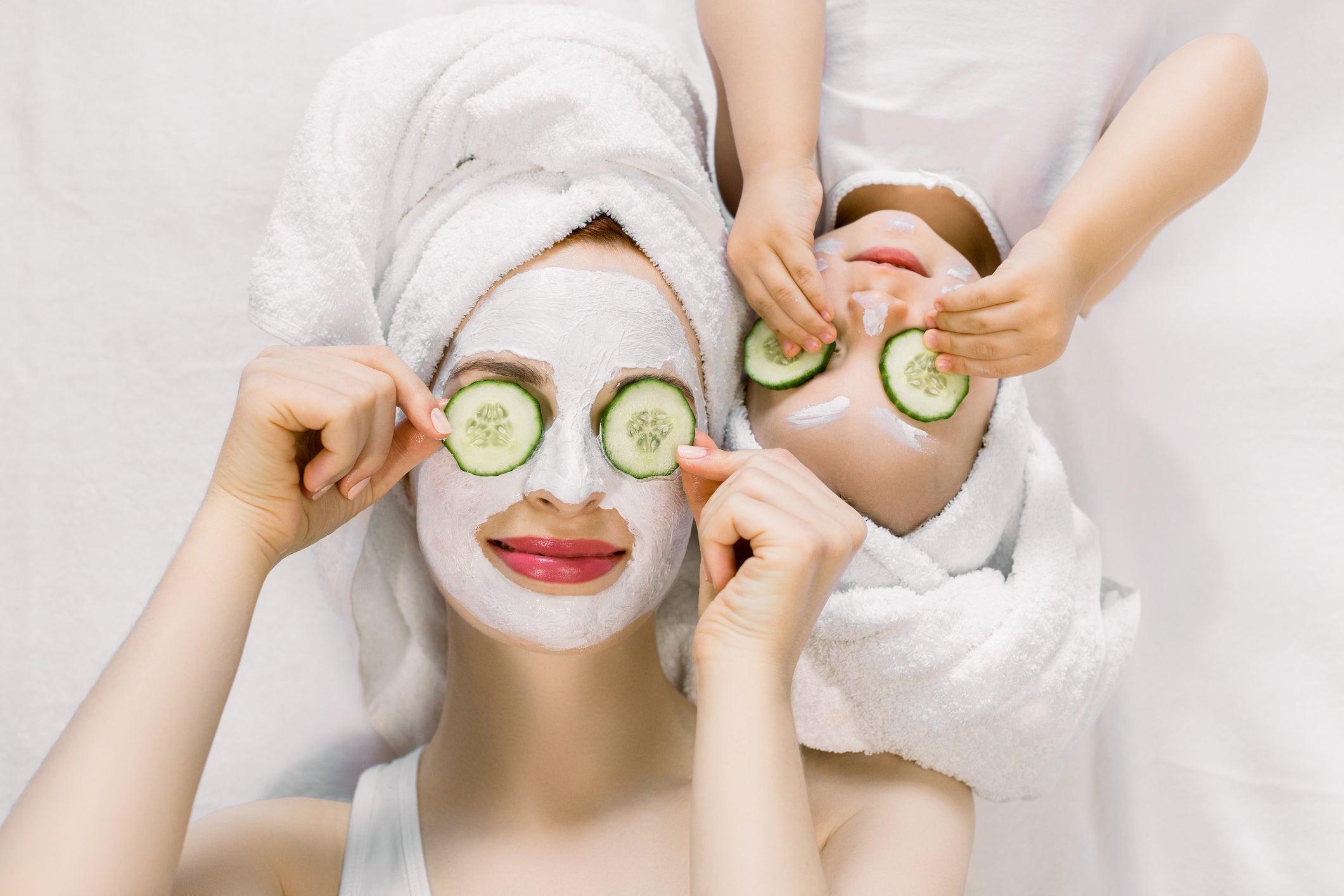How to give yourself an at-home facial in lockdown
Follow our step by step guide for the perfect pampering session.

Your support helps us to tell the story
From reproductive rights to climate change to Big Tech, The Independent is on the ground when the story is developing. Whether it's investigating the financials of Elon Musk's pro-Trump PAC or producing our latest documentary, 'The A Word', which shines a light on the American women fighting for reproductive rights, we know how important it is to parse out the facts from the messaging.
At such a critical moment in US history, we need reporters on the ground. Your donation allows us to keep sending journalists to speak to both sides of the story.
The Independent is trusted by Americans across the entire political spectrum. And unlike many other quality news outlets, we choose not to lock Americans out of our reporting and analysis with paywalls. We believe quality journalism should be available to everyone, paid for by those who can afford it.
Your support makes all the difference.With beauty salons closed in many places due to lockdown restrictions, you’ll have to take the DIY route if you want to revitalise your complexion.
It may not be as relaxing as lying with your eyes closed while a facialist works their magic, but you can still give your skin a much-needed pick me up from the comfort of your own home with a few key products and the right techniques.
Here, experts talk us through the six essential steps of an at-home facial. Cucumber slices at the ready…
1. Cleanse
“A thorough cleanse is crucial when you’re doing a facial, as we want to allow the active ingredients in the skin to penetrate effectively,” says Dr Sophie Shotter, founder and medical director of Illuminate Skin Clinic.
Sarah Carr, facialist and Liz Earle lifestyle ambassador, recommends cleansing twice and removing the residue with a warm washcloth: “This ensures you have thoroughly removed any dirt and grime.”
Be sure to apply the cleanser all over your face, adds Dr Tiina Meder, dermatologist and founder of Meder Beauty Science: “Don’t forget to massage a little around nostrils and ears.”
2. Exfoliate
There are two types of exfoliants, chemical and mechanical, while some products combine the two. “Chemical exfoliation will take the form of a peel that loosens the dead skin cells on the surface,” says Shotter. “Make sure these are suitable for home use, and follow the instructions on the packet carefully.” You shouldn’t leave the peel on for longer than the recommended time.
Mechanical exfoliation, in the form of a scrub, is all about “buffing the skin and removing dead skin cells – this enables your masks and treatments to work harder for you,” Carr says. Work the product in with your fingertips using circular motions, being careful not to apply too much pressure.
3. Serum
“Apply a generous layer of a hydrating, soothing serum to the skin and allow it to absorb,” says Shotter. Look out for products with moisturising ingredients like hyaluronic acid or peptides.
Don’t scrimp on the serum, Meder says: “To achieve a ‘pro’ effect you need to apply at least 1ml of active product over the face.”
Carr says this stage is ideal for doing a bit of facial massage if you have time: “There are some brilliant facial massage routines online.”
4. Mask
“Your face mask is used to target specific concerns,” says Carr. “You can apply one mask all over the face and neck or you can ‘multi mask,'” which means applying two or more masks to suit different areas of the face. “For example, if you have a classic combination skin or oily T-zone then apply a deep cleansing mask to the areas that are oiler, and a moisture mask to areas that a drier.”
Meder says: “Apply the mask and leave on the skin for the recommended time, not less but not more, some masks could damage the skin if used for too long.”
5. Moisturise
“Always apply protection cream after facials,” says Meder. “The skin needs protection after action.”
That’s particularly true if you’ve used a chemical exfoliant or purifying mask. Shotter advises finishing with “a hydrating cream that suits your skin type. This should be non-comedogenic [non pore clogging] to allow your skin to breathe and to keep it fresh and clean.”
6. Sunscreen
If you’re doing your facial in the evening, moisturiser should be your last step. However, if you’re DIYing it during the day, there’s one more essential product to apply.
“Don’t forget to finish off with a good coat of sun protection,” says Shotter. Even if it’s cloudy outside or you’re not leaving the house, the sun’s rays can penetrate through glass so it’s important to protect against damage with a high factor SPF.